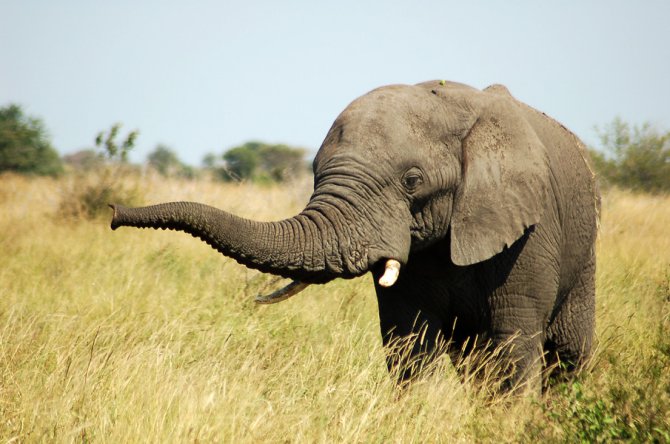
Poacher detection and localization
Detection by using sentinel animal movement
Publication date: March 2021
How to use?
Wildlife trade is a low-risk, yet high-profit crime, ranking fourth in terms of revenue after trade in drugs, humans and arms. Wildlife crime is driven by a rapidly expanding wealthy class in some cultures that views animal parts as medicine or status-enhancing luxury goods. This data set is underlying to our publication
"Timely poacher detection and localization using sentinel animal movement". It includes both data and scripts and an explanatory read-me file.
Read more
We propose and test a poacher early warning system that is based on the movement responses of non-targeted sentinel animals, which naturally respond to threats by fleeing and changing herd topology. We analyzed human-evasive movement patterns of 135 mammalian savanna herbivores of four different species, using an internet-of-things architecture with wearable sensors, wireless data transmission and machine learning algorithms. We show that the presence of human intruders can be accurately detected (86.1% accuracy) and localized (less than 500m error in 54.2% of the experimentally staged intrusions) by algorithmically identifying characteristic changes in sentinel movement.
These behavioral signatures include, among others, an increase in movement speed, energy expenditure, body acceleration, directional persistence and herd coherence, and a decrease in suitability of selected habitat. The key to successful identification of these signatures lies in identifying systematic deviations from normal behavior under similar conditions, such as season, time of day and habitat.
We also show that the indirect costs of predation are not limited to vigilance, but also include 1) long, high-speed flights; 2) energetically costly flight paths; and 3) suboptimal habitat selection during flights. The combination of wireless biologging, predictive analytics and sentinel animal behavior can benefit wildlife conservation via early poacher detection, but also solve challenges related to surveillance, safety and health.

